
Asta Nielsen is the first actress who became an international star. It’s true. The Deutsches Filminstitut hosted the 2011 conference Importing Asta Nielsen – Cinema-going and the Making of the Star System in the Early 1910s, at the Film Museum in Frankfurt. A result of this international gathering is the Importing Asta Nielsen Database accessible for cultural researchers all over the world.
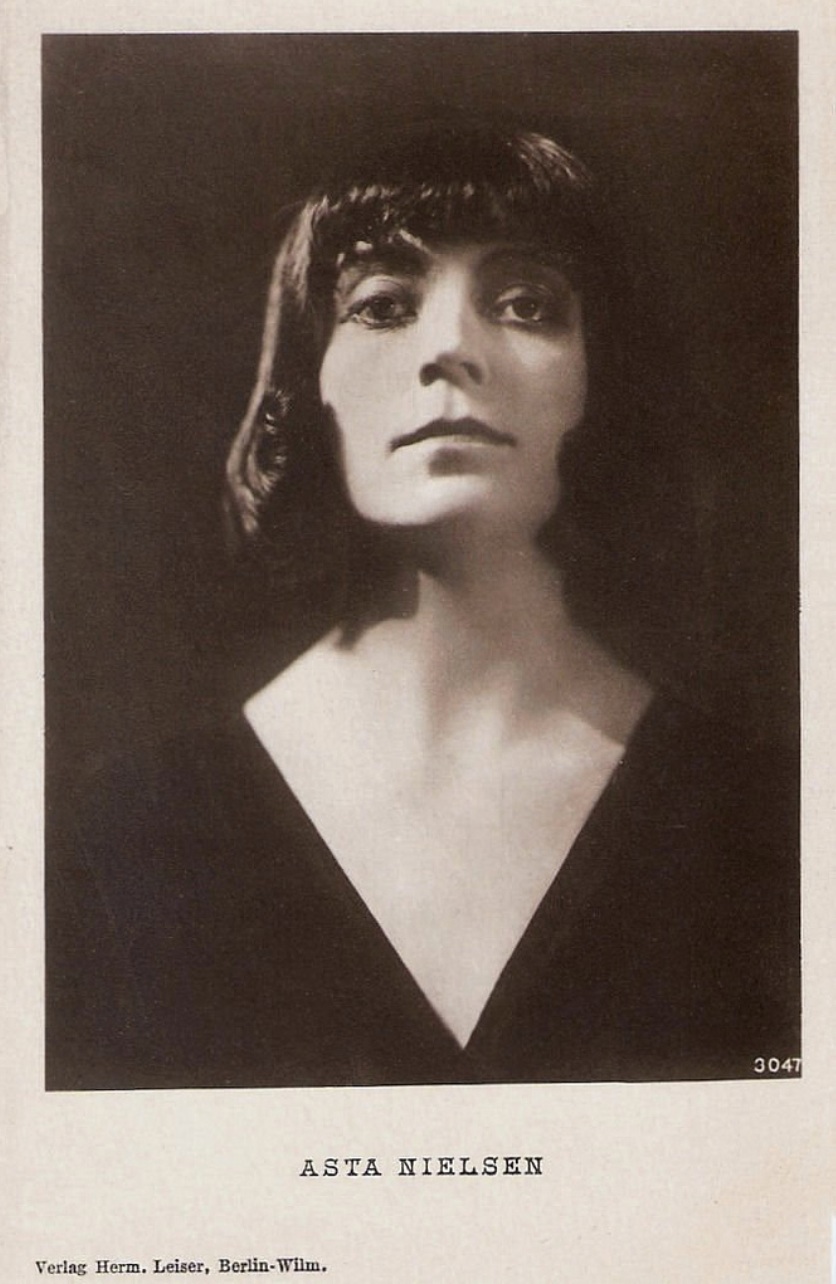
According to this database ‘Asta Nielsen was the first international film star who made her name a brand, nearly unrivalled in many countries in the years 1911 and 1912’.
The sheet music cover we started with (Oh! Asta!) is from 1917. It tells, no it sings about a young man who –in the darkness of a cinema– falls for the wild charms of Asta. And who wouldn’t? Look at how charming and natural Asta is in the 30-seconds opening scene of the 1910 silent film The Abyss (Afgrunden in Danish) filmed by Urban Gad, who she would marry two years later.
Nielsen was born in 1881 in Copenhagen. At eighteen she followed classes at the Royal Danish Theatre and… got pregnant. She gave birth to a daughter, Jesta, who would in the 1960’s, when her mother was already 83 years old, commit suicide. Asta Nielsen never revealed the identity of the father. She graduated when she was twenty-two, and became a stage actress in Denmark, Norway and Sweden. In 1909 she started her film career with ‘Afgrunden’, in which she wisely adapted her acting to the demands of the film media: she performed naturally and avoided theatrical dramatization.
But above all her undisguised and shameless sexuality must have propelled her films and her career. Oh my! She’s really hot in what must have been the first ‘Gaucho Dance’ in cinematography (it heralds the craze of the Argentine tango that would offend Europe right before WWI). Look how she wriggles in her tightly stretched dress. See her wiggling her hips and pushing her bottom against that poor cowboy. Please, stop the torture!
We have added the music of the great Martha Argerich playing the Danza Del Gaucho Matrero by the Argentine composer Alberto Ginastera. For the unedited, 37-minute silent movie Abgrunden, click here. While researching we found a different iconographic representation of the Gaucho dance, somewhat less erotic, uh…
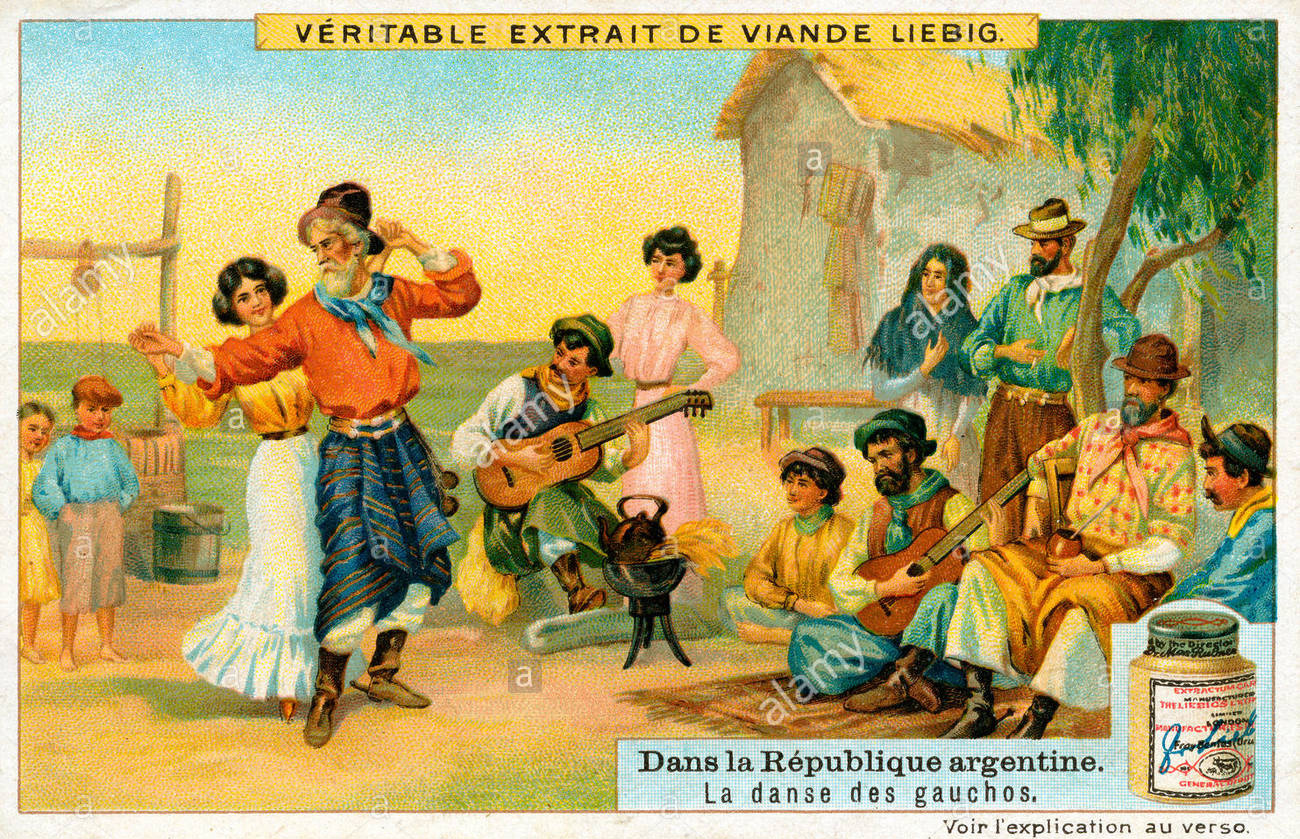
The dancing Argentine cowboys and girls conquered the covers of many European sheet music. Here are two examples from our collection.
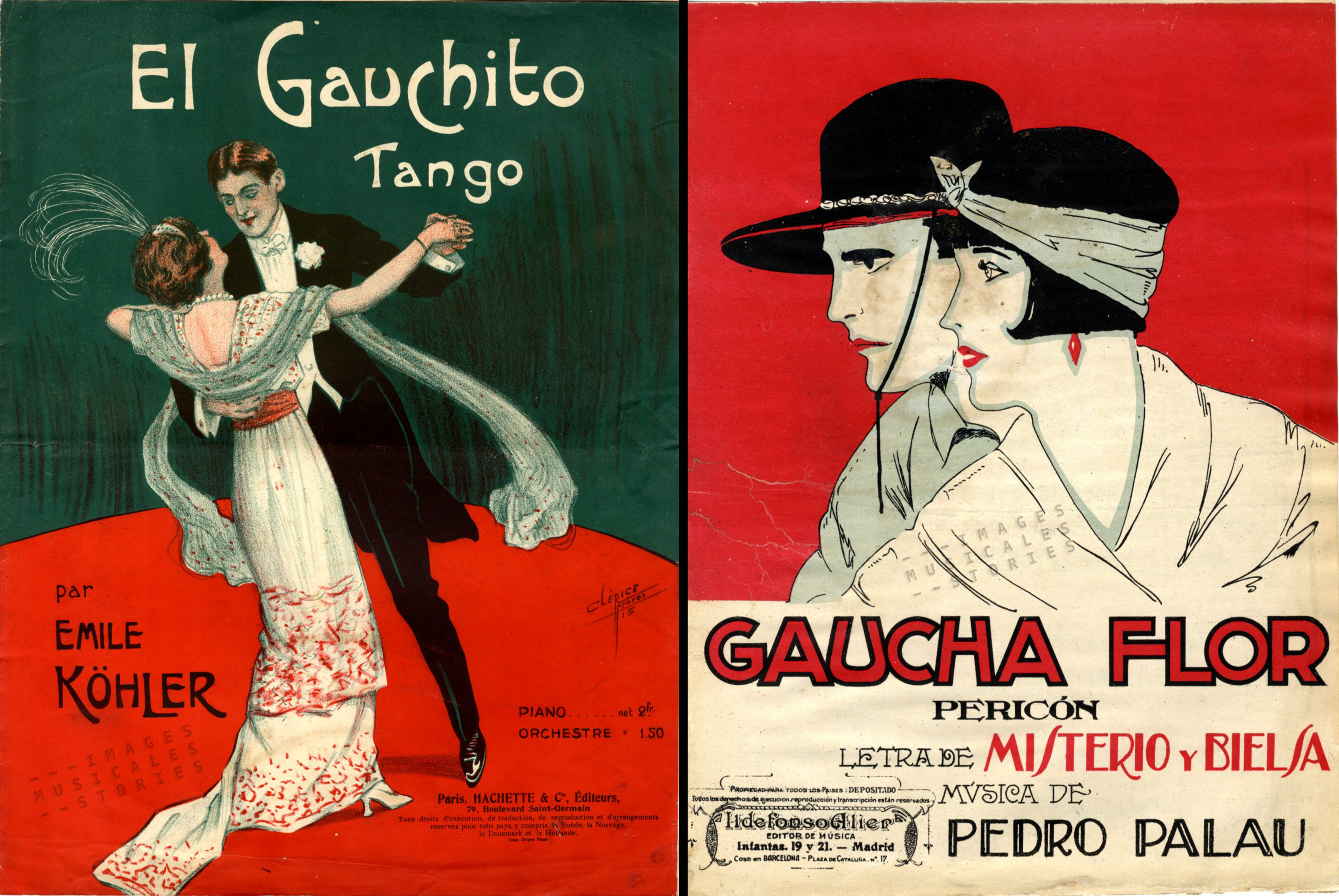
Asta Nielsen developed most of her film career in Germany until the mid-Thirties, when sound took over the silent era. The success of what was known as ‘Asta Nielsen films’ was immense, from Russia to the United States, where her films were heavily censored. Called the first international movie star, Nielsen earned a staggering salary. In 1925 she co-starred in the Pabst film Die freudlose Gasse with the next Scandinavian diva, Greta Garbo. Nielsen was portrayed on many film posters by artists (such as Ernst Deutsch-Dryden and Robert Leonard) who we also know as designers of sheet music covers.
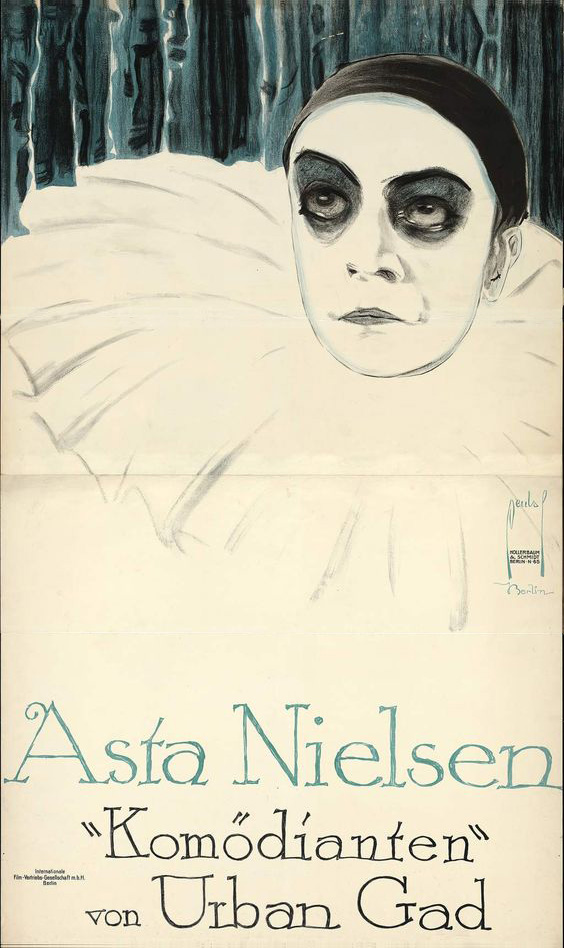
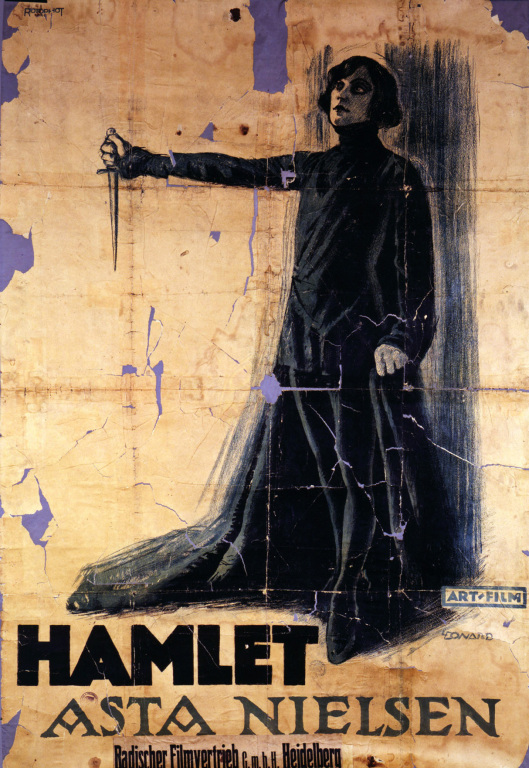
In 1935 Nielsen returned to Denmark where she continued acting on stage, wrote her biography, had a creative hand in visual arts, and travelled a lot with her third husband. She died in 1972.
Oh, Asta! You’re still hot and beautiful.


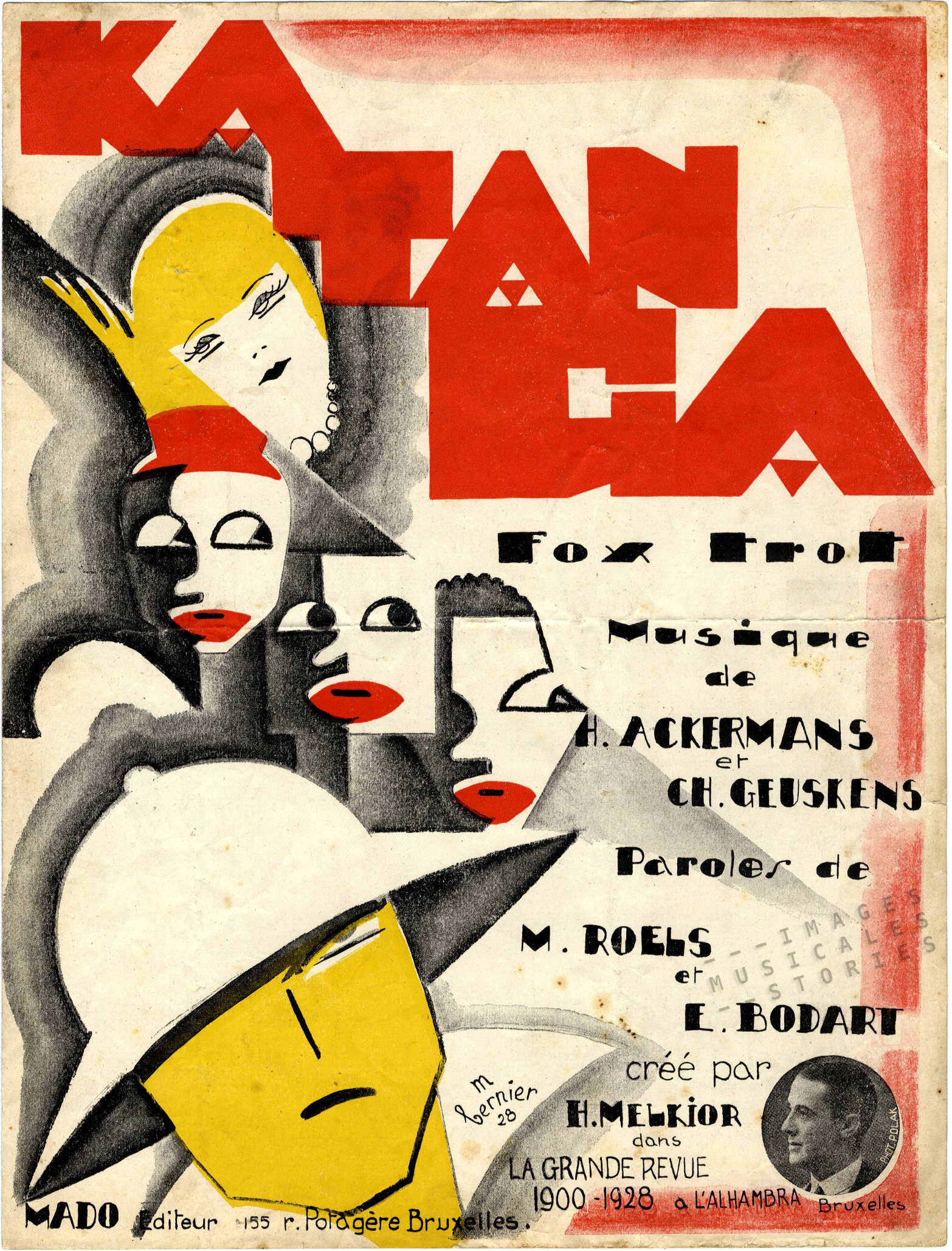

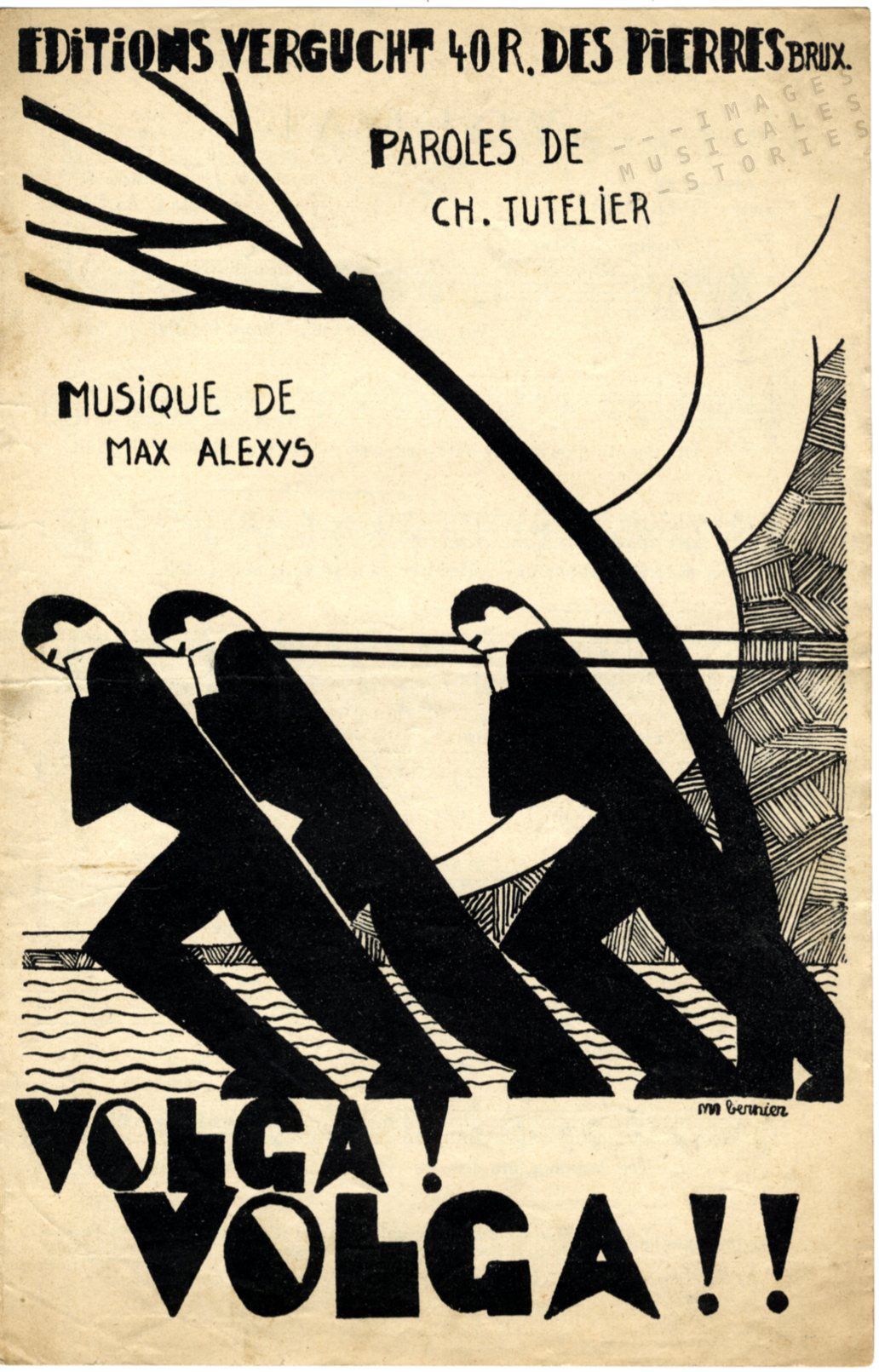
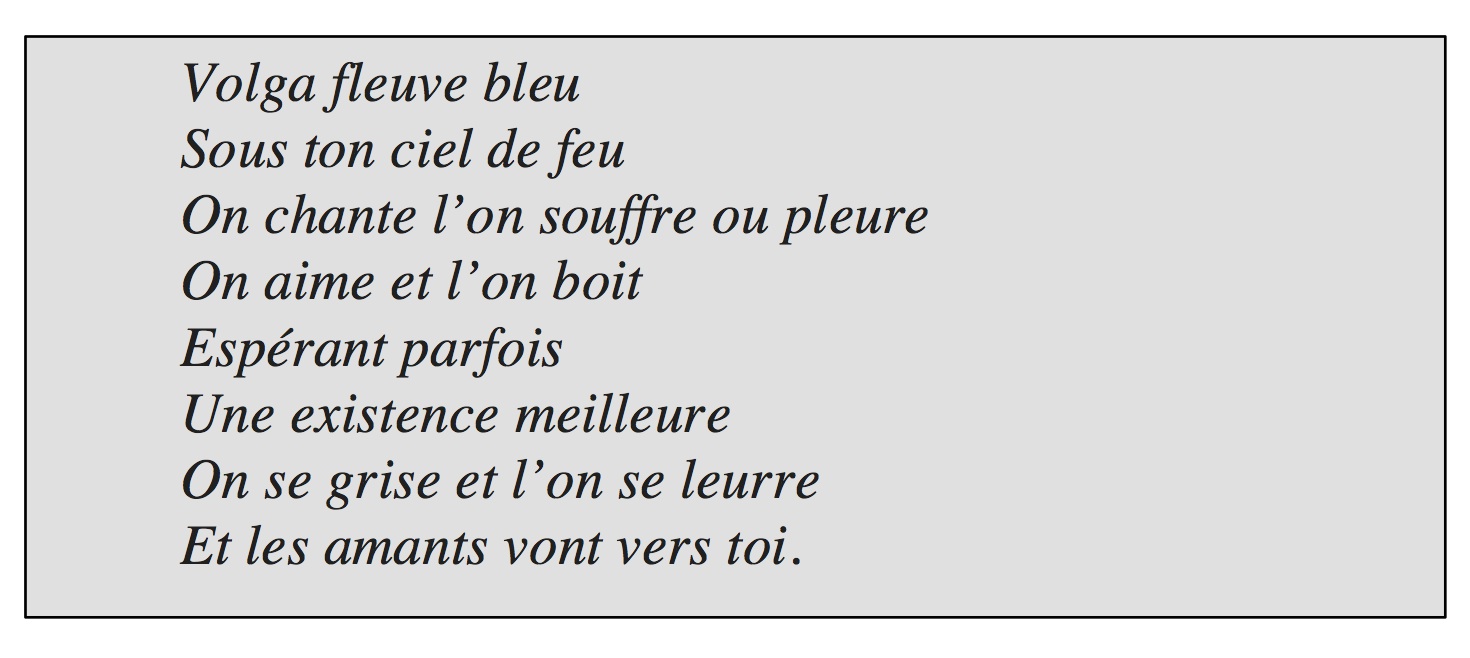

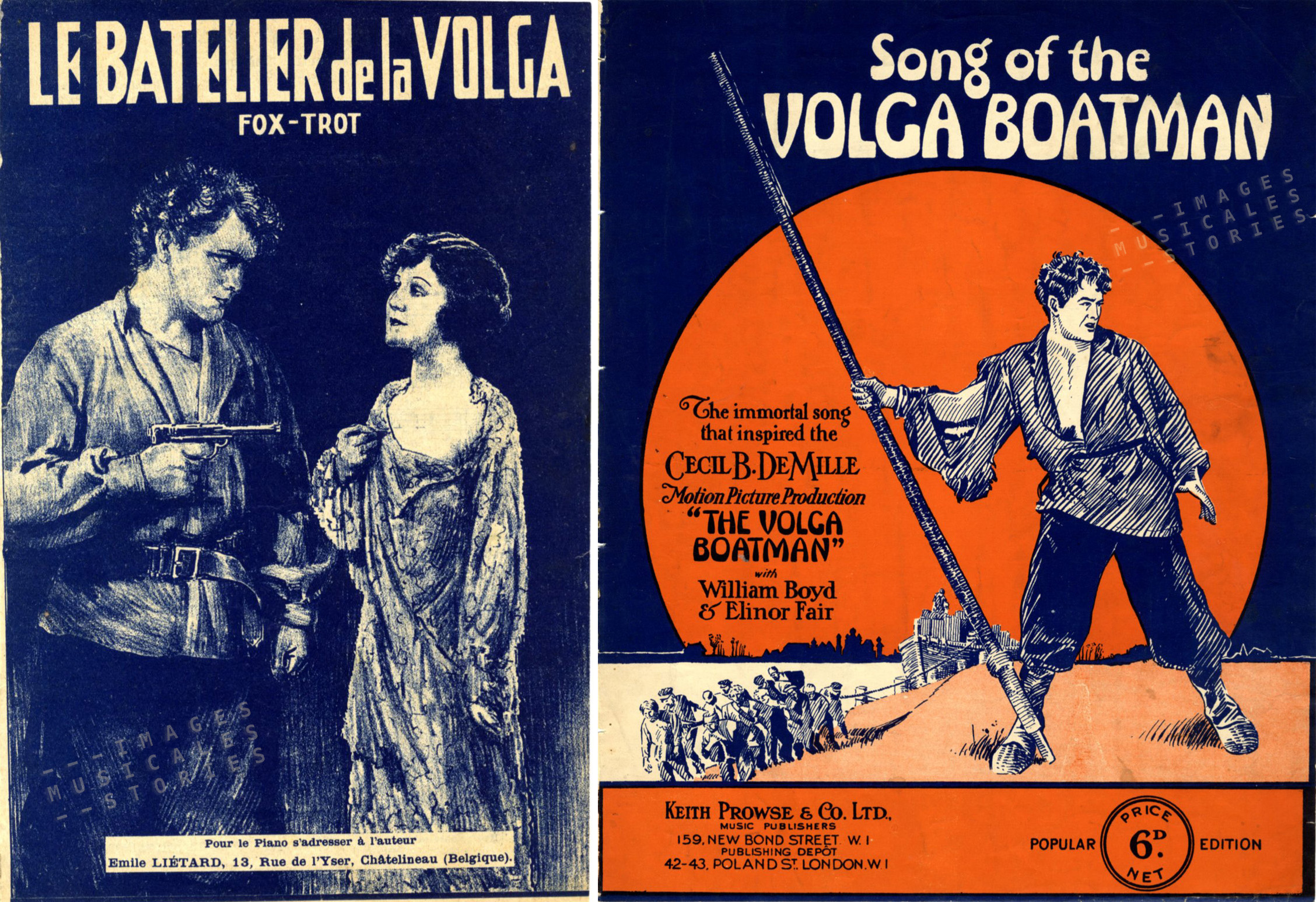
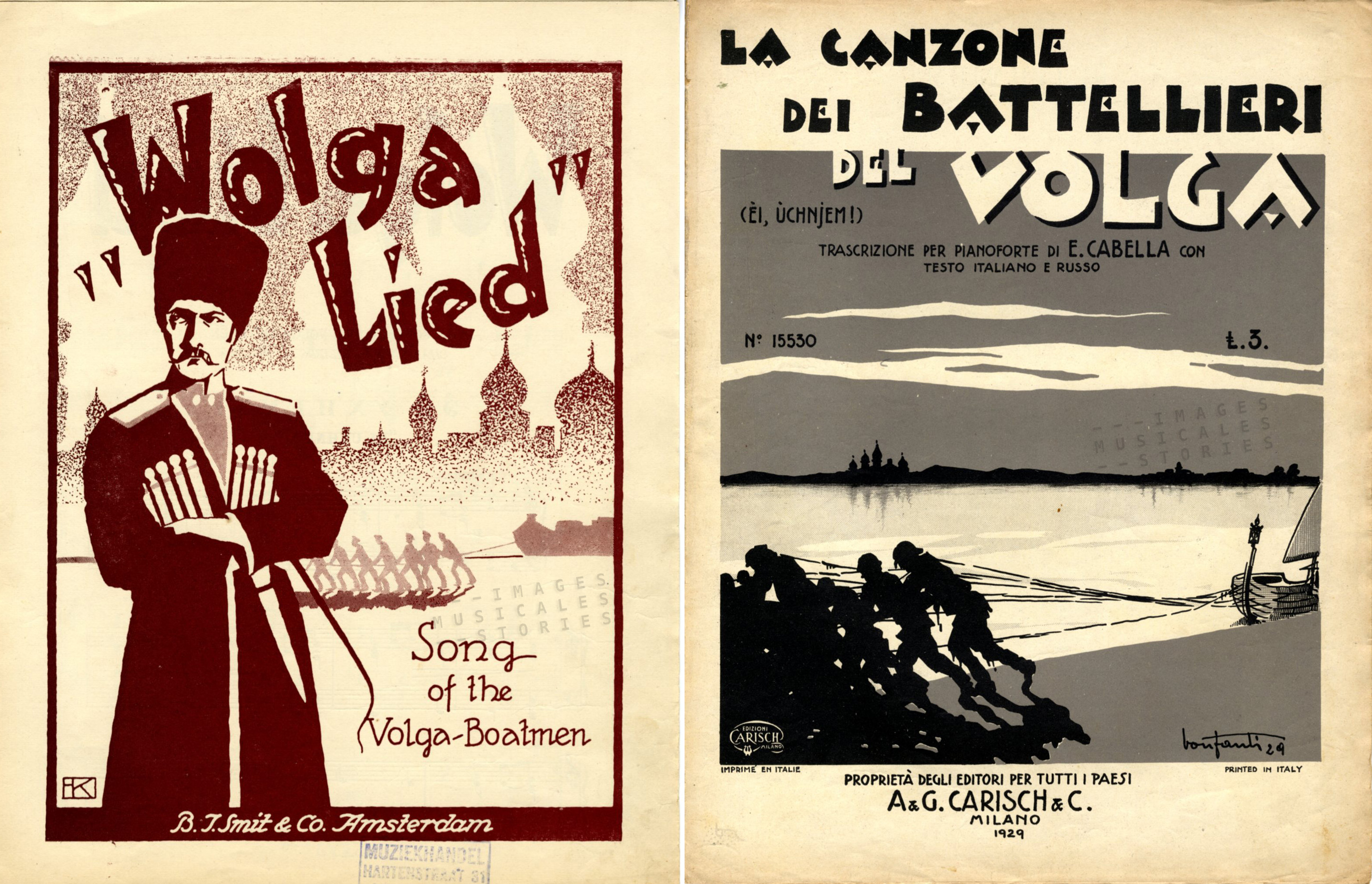
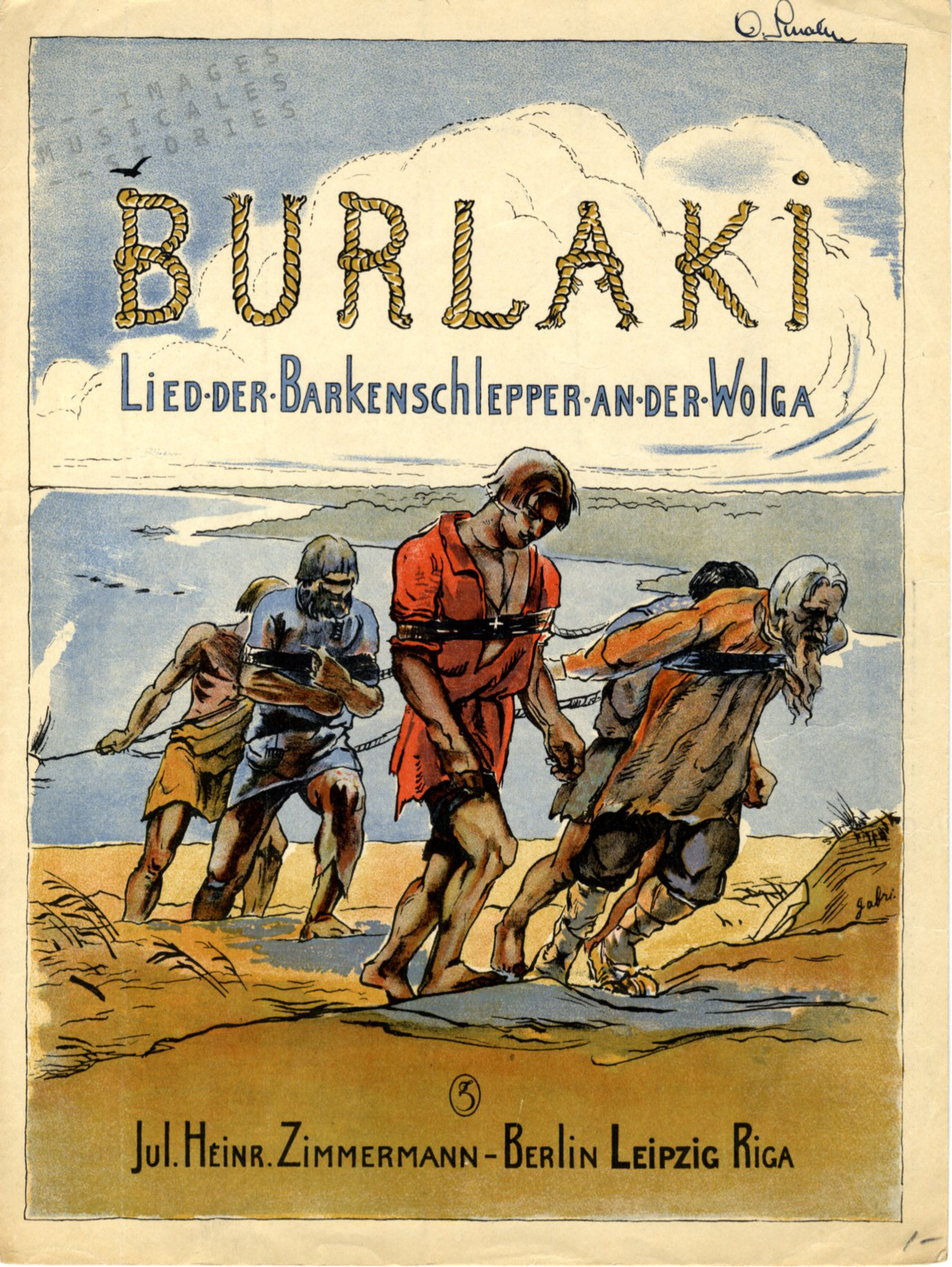
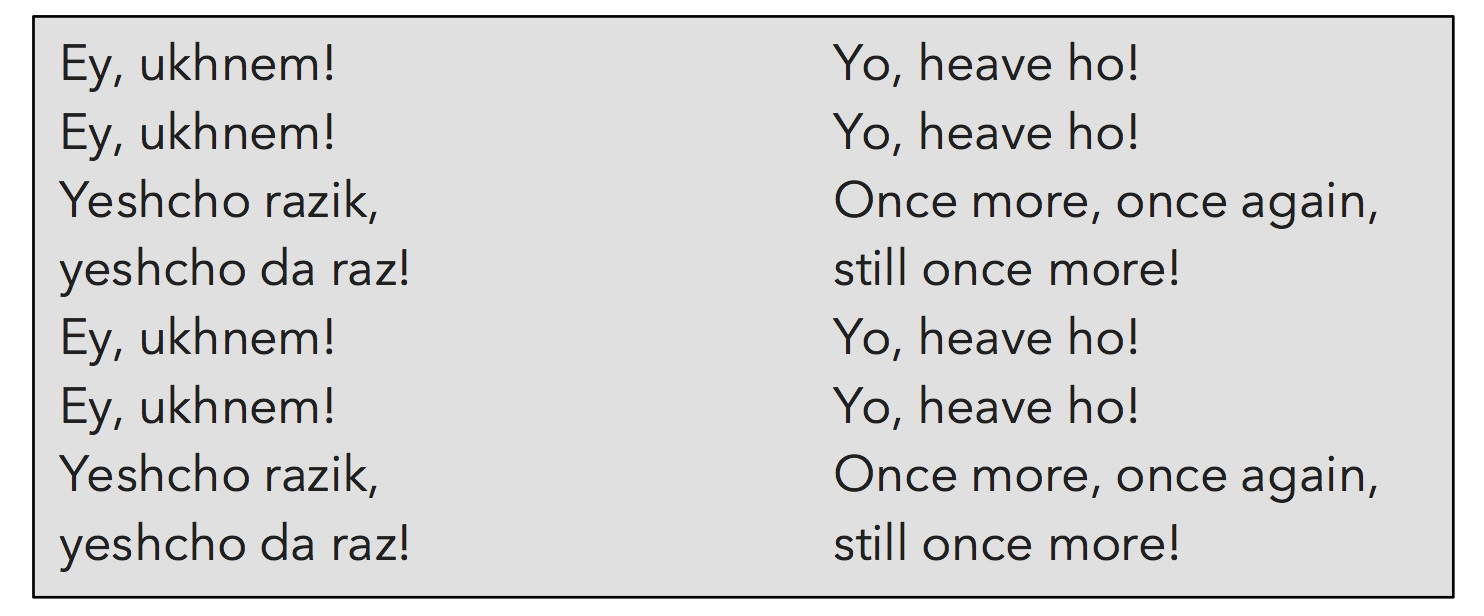
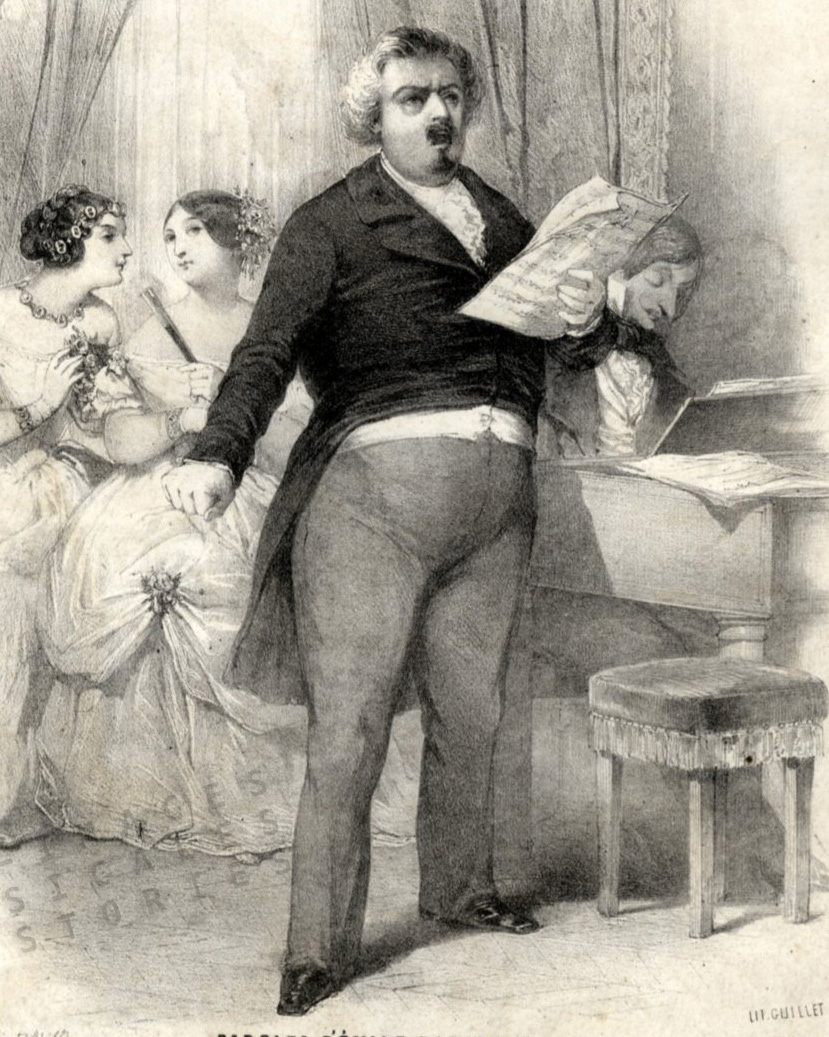
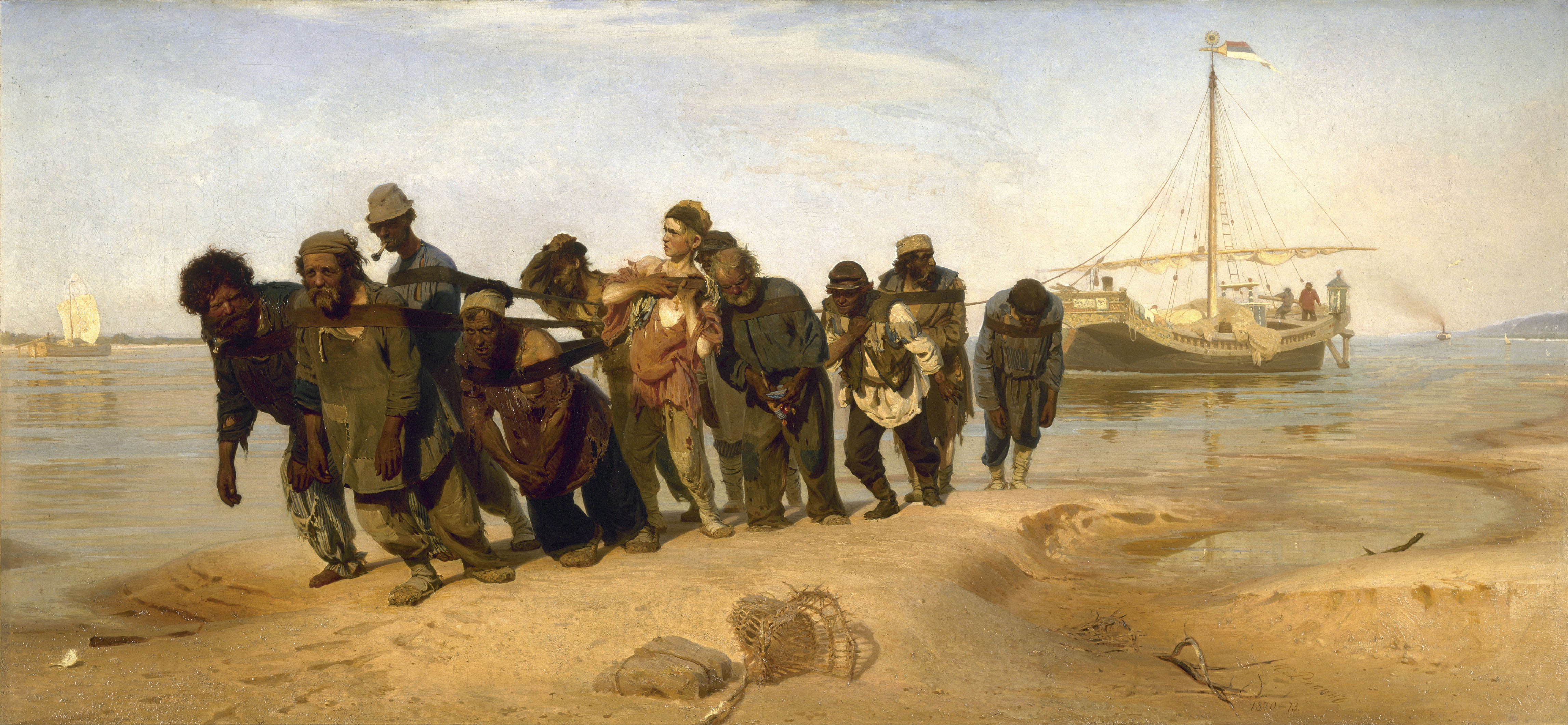


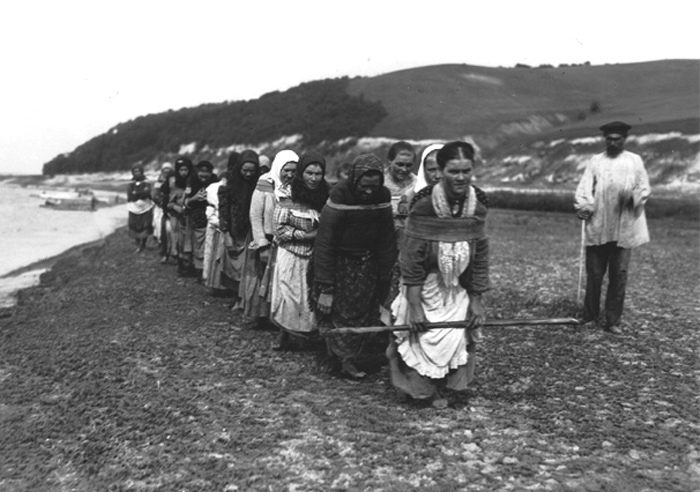

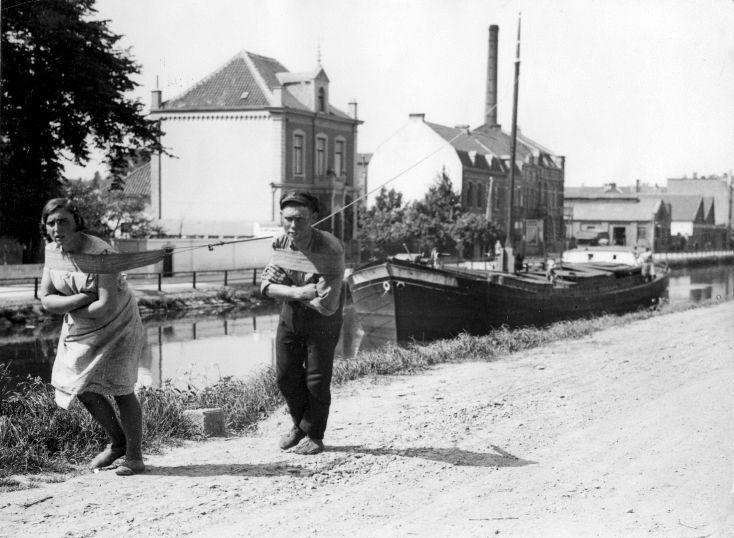

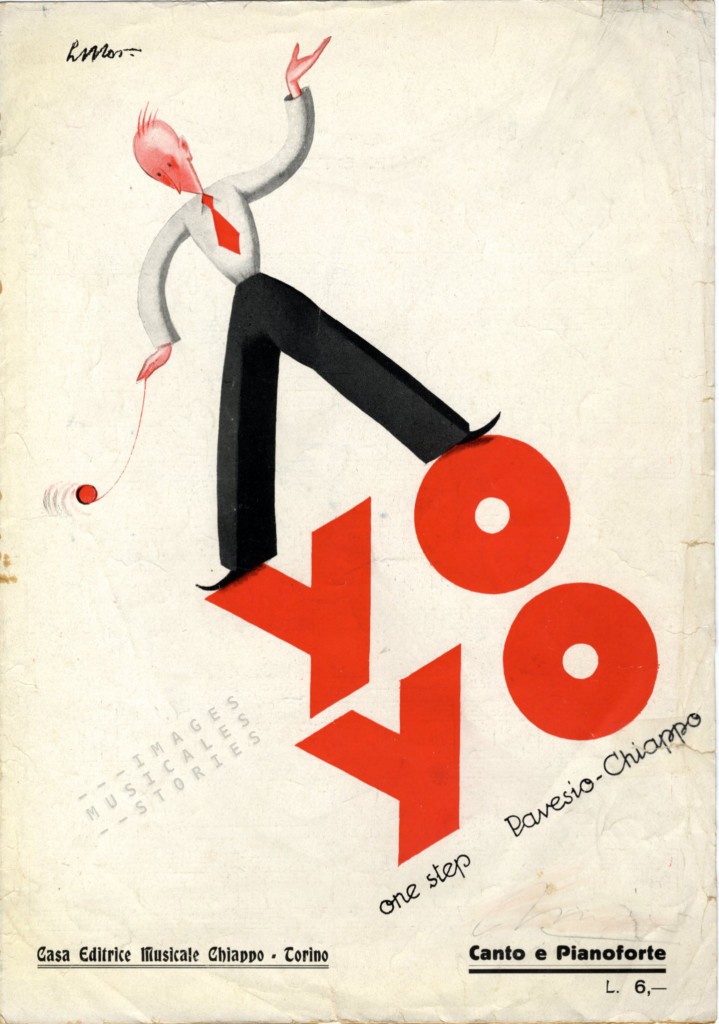
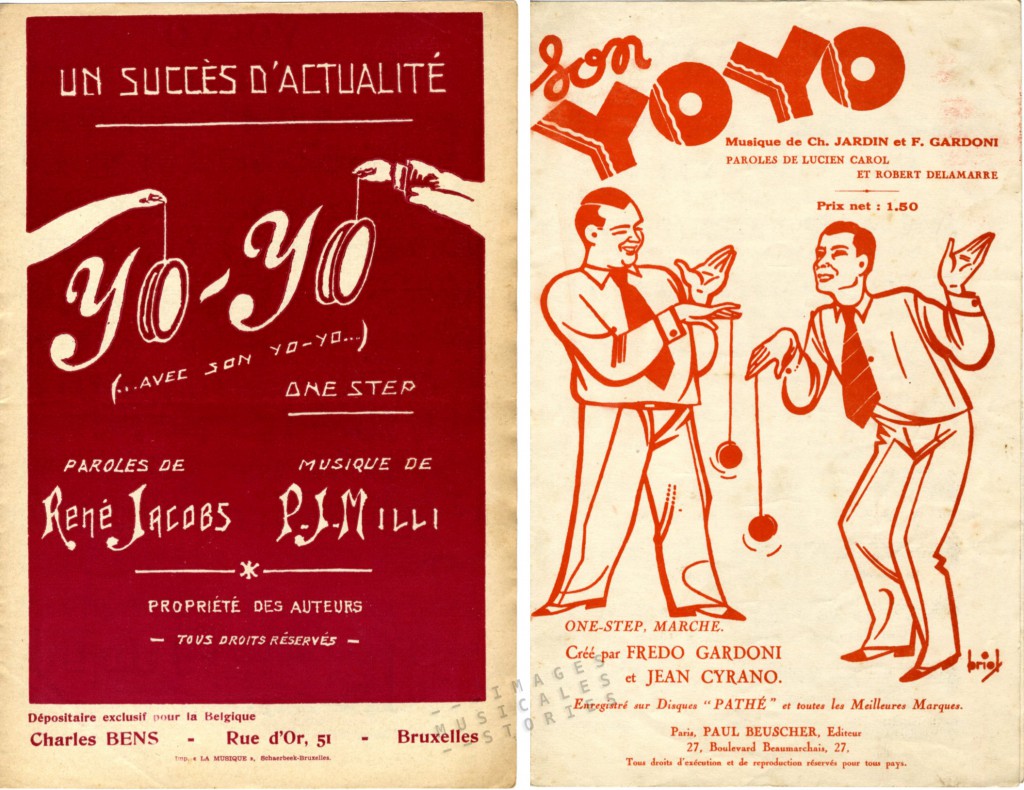
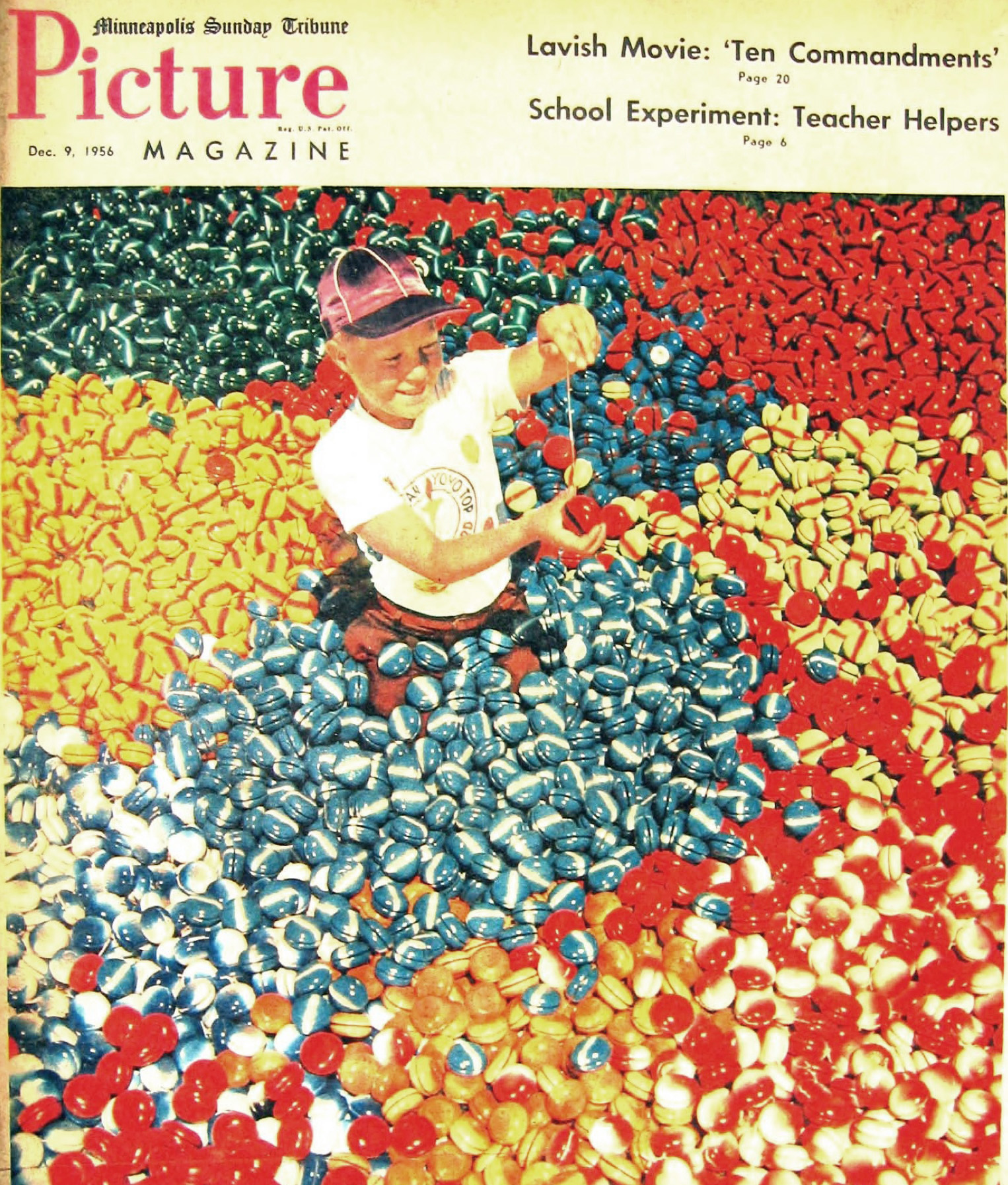
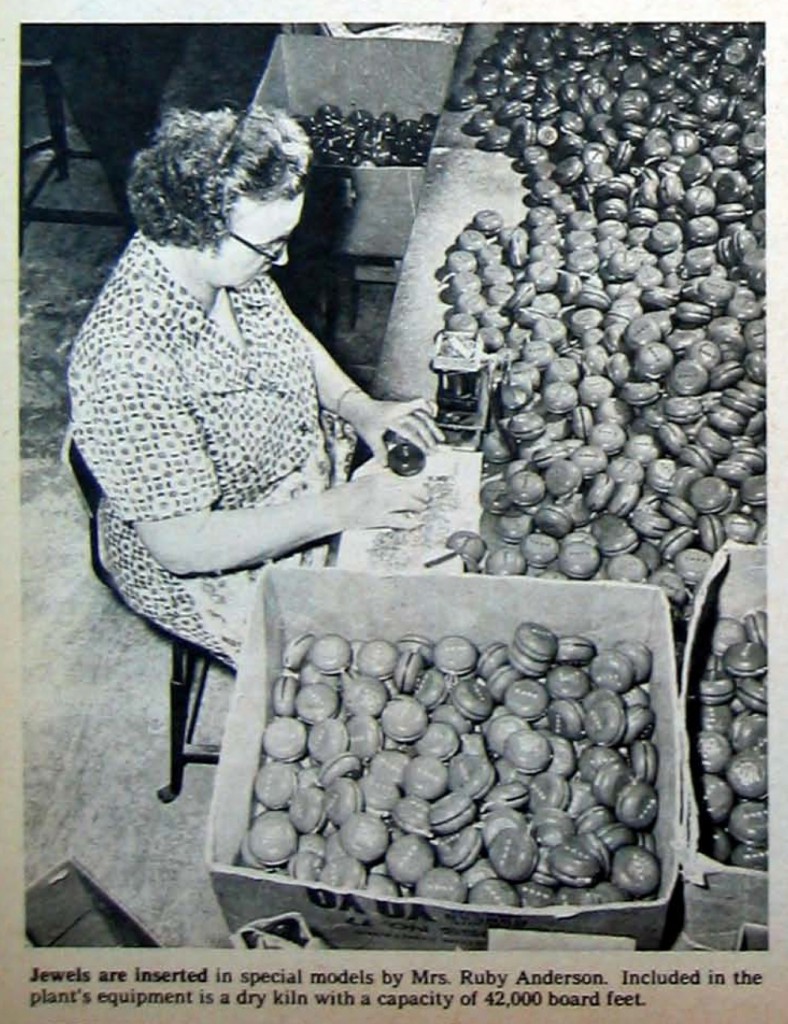
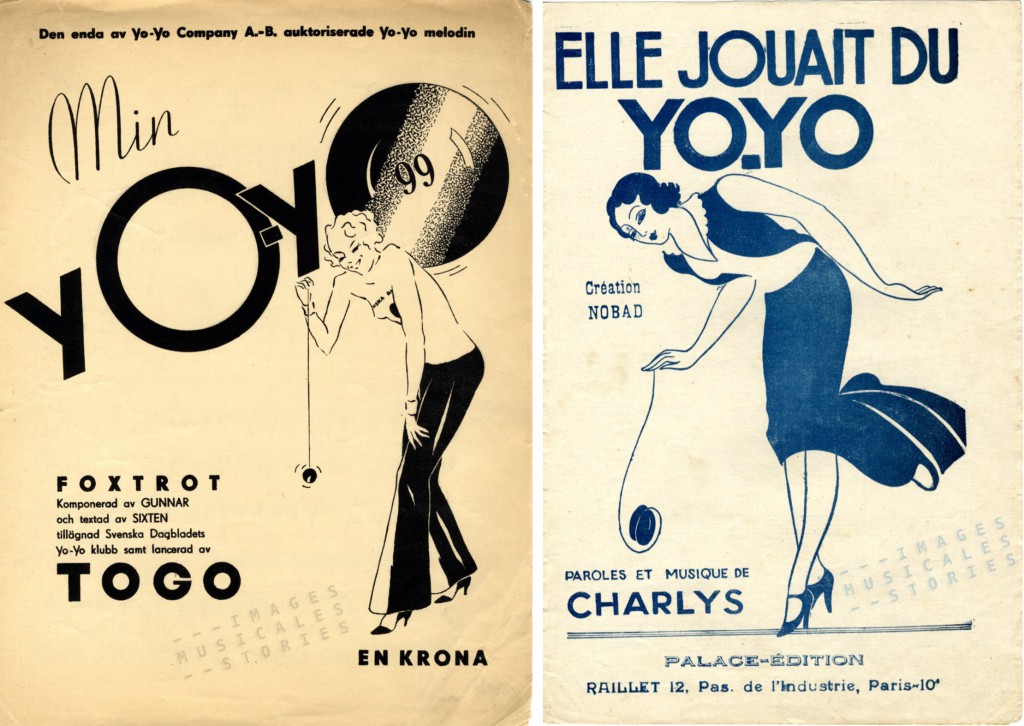
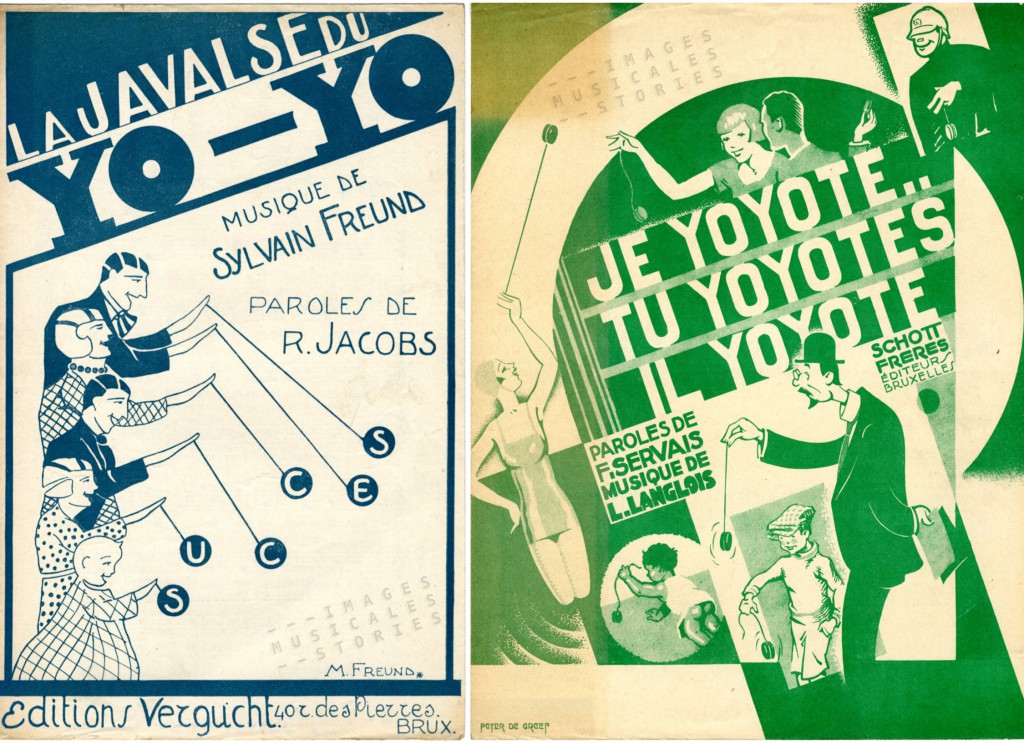
 You might think that the string is tied to the yoyo. It’s not. Trust me. If you look at the string closely, you’ll notice it’s actually made out of 2 strings wound together. Twist the string counter-clockwise and you’ll see the 2 strings unwind. At the yoyo end of the string is a loop made with the winding of the string. This is where the yoyo’s axle should sit. This is why it is possible for the yoyo to spin smoothly on the string.
You might think that the string is tied to the yoyo. It’s not. Trust me. If you look at the string closely, you’ll notice it’s actually made out of 2 strings wound together. Twist the string counter-clockwise and you’ll see the 2 strings unwind. At the yoyo end of the string is a loop made with the winding of the string. This is where the yoyo’s axle should sit. This is why it is possible for the yoyo to spin smoothly on the string.